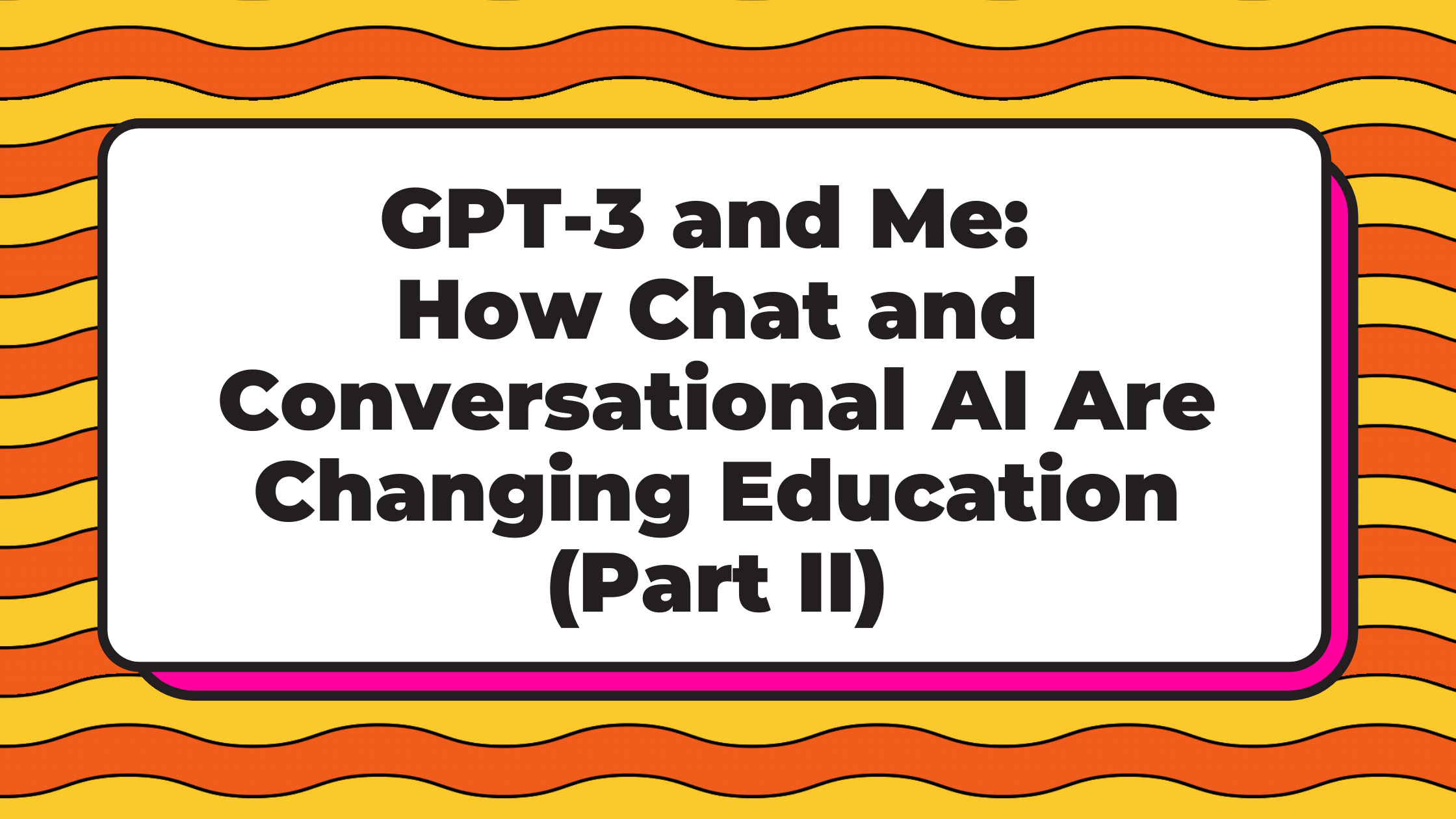Artificial intelligence (AI) is rapidly becoming a common feature in school classrooms and corporate workshops worldwide, with many educators and instructors exploring the potential of this technology to improve teaching and learning outcomes. One of the key features of conversational AI that sets it apart from other technologies is its ability to generate human-like text and perform a wide range of language-related tasks.
Until recently, the idea that an AI algorithm could act as a tutor or a virtual teaching assistant was limited by the lack of conversational agility and flexibility of the algorithms deployed to support student engagement. As early as the 1950s, educational researchers could describe the vision for these types of virtual teaching assistants or tutors in detail. In the 1950s, the famous psychologist and Harvard University professor B.F. Skinner developed the concept of a "teaching machine," designed to provide personalised instruction to students based on their responses to questions. The machine would present students with questions or tasks and adapt the instruction based on their responses.
Fast forward to today, and virtual teaching assistants that leverage conversational AI, and GPT-3, such as Noodle Factory’s “Walter” platform, can be used in education to automate time-consuming tasks that instructors and teachers must undertake as well as to provide personalised instruction and feedback to students. These tools can adapt the instruction they provide based on the student's responses, effectively simulating the experience of having a one-to-one tutor. For example, today’s AI-powered virtual teaching assistants can summarise and abstract course content, recommend customised lesson plans and assignments, and provide real-time feedback and support as students work through their assignments.
Benjamin Bloom, whose career spanned much of the latter half of the twentieth century, also envisioned something that can only now be delivered at scale using tools such as AI-powered teaching assistants. Bloom outlined what he called the “Two Sigma Problem” in a 1984 paper entitled “The Search for Methods of Group Instruction as Effective as One-to-One Tutoring”. Bloom examined methods through which teachers might create conditions under group instruction that yield learning outcomes typically only experienced under ideal one-on-one tutoring conditions. This difference in results in one-to-one tutoring had been observed to be two standard deviations from the mean of group instruction. The problem, at the time, that Bloom was aiming to solve was a practical one: given the high student-to-teacher ratios in even the best-funded institutes, how is it realistic to give every student the type of one-to-one tutoring and ongoing formative assessments that lead to cognitive mastery of a subject and therefore better performance? The answer to this question was that you could not practically solve the Two Sigma Problem. However, we now have the tools to solve the 2-Sigma Problem.
Bloom's Two Sigma Problem refers to the finding that students who receive one-to-one instruction perform significantly better than those who receive traditional classroom-based instruction. The goal of solving the Two Sigma Problem is to try to close this gap by finding ways to provide personalised instruction to all students.
The use of AI in education has the potential to help teachers solve the Two Sigma Problem by providing personalised instruction to students at scale. For example, AI-powered tools could generate customised lesson plans and assignments tailored to each student's needs and abilities and provide real-time feedback and support as students work through their studies. By using these approaches, teachers can give each student the personalised instruction they need to succeed and close the gap between traditional classroom-based instruction and one-to-one instruction.
Overall, the teaching machine envisioned by Skinner, solving the Two Sigma Problem as imagined by Bloom, and the pursuit of subject mastery by students, can all be enabled through conversational AI. By tapping into models like OpenAI’s GPT-3, virtual teaching assistants such as Walter that harness the power of conversational AI now provide a never-before-seen level of personalised instruction and feedback to students.
--
We hope you enjoyed our "GPT and Me" series! If you did, make sure to mention us and share the post on Facebook, LinkedIn, and Twitter.
If you missed the first post of the series, read it here: GPT-3 and Me: The New Wave of AI-Assisted Teaching and Learning (Part I)
We are also excited to announce that we will be adding GPT-3 capabilities to our award-winning AI teaching platform, Walter. Join our waiting list to gain early access when it's launched!
